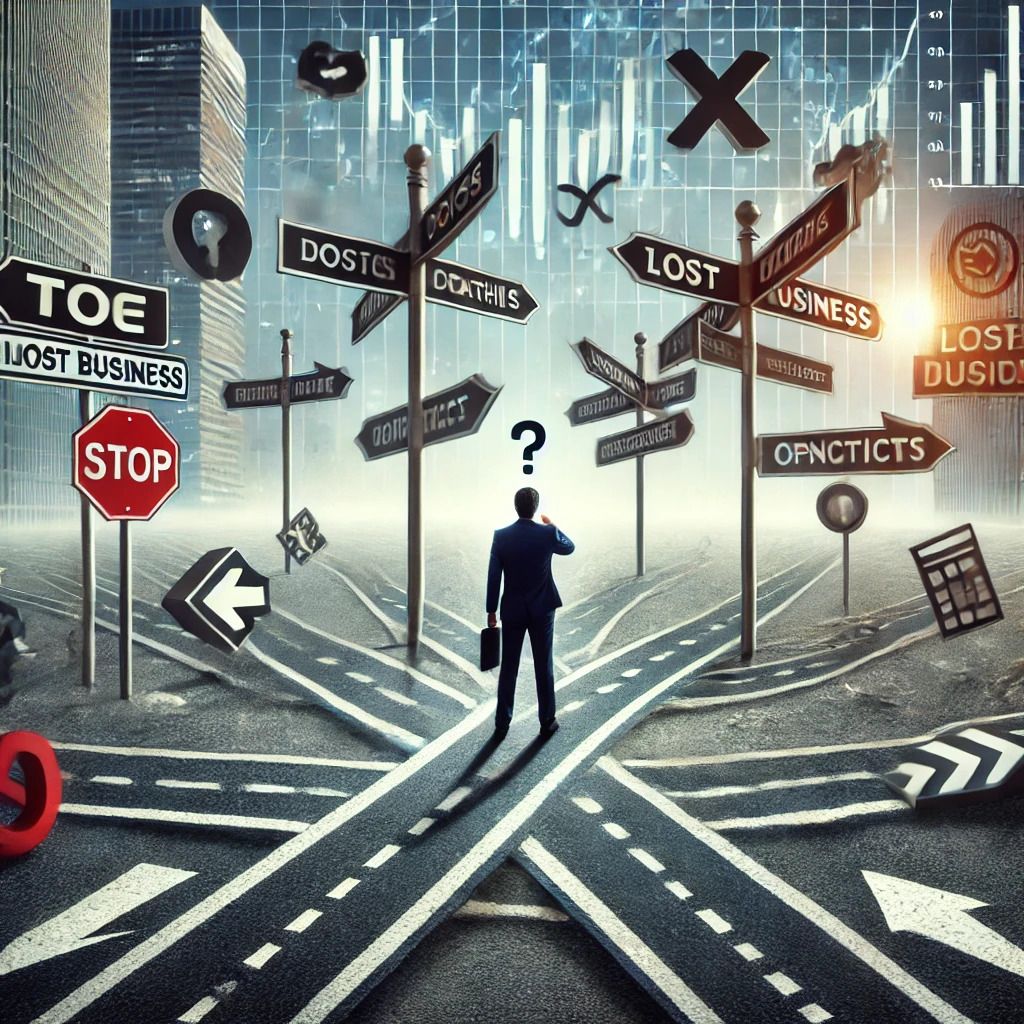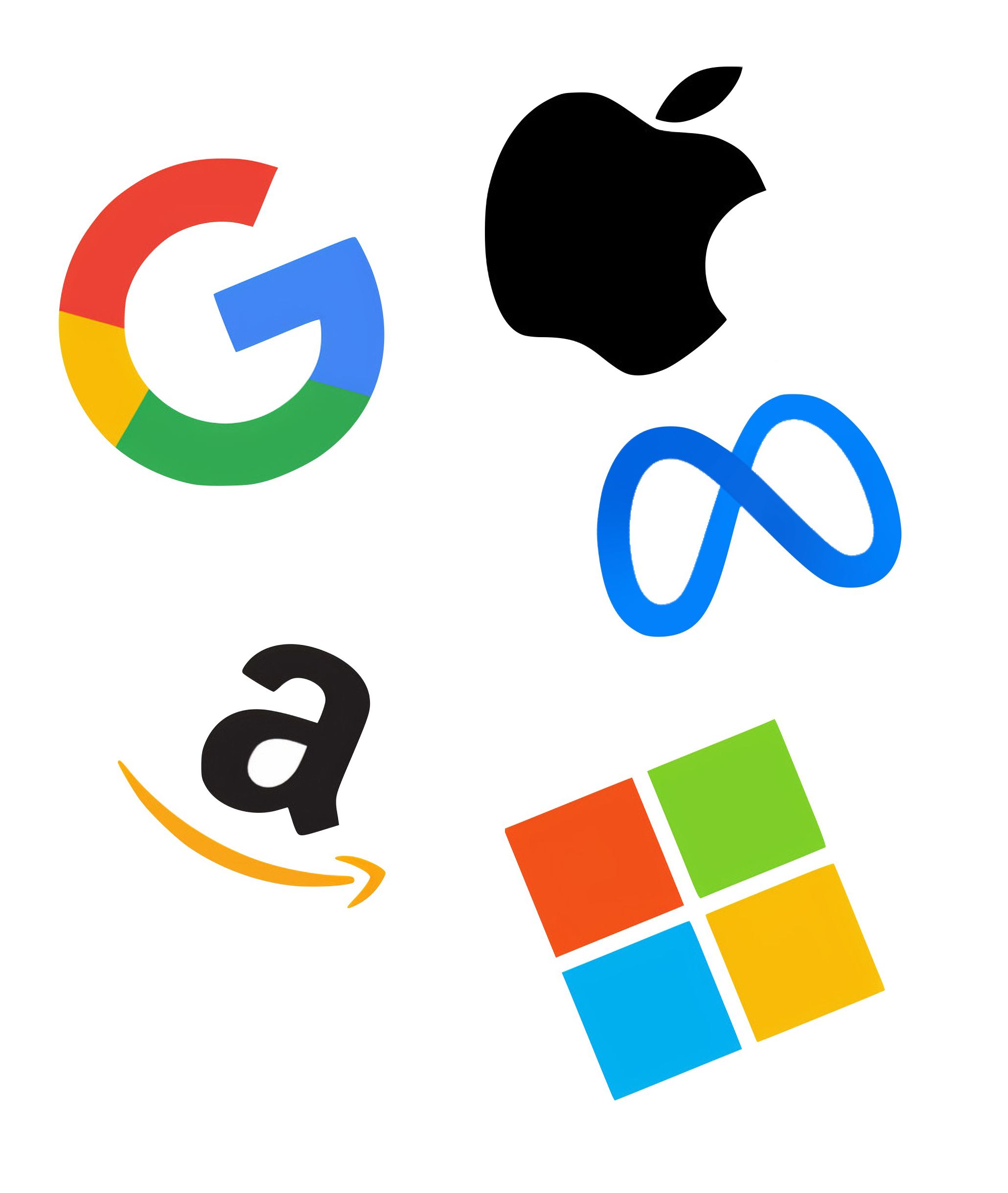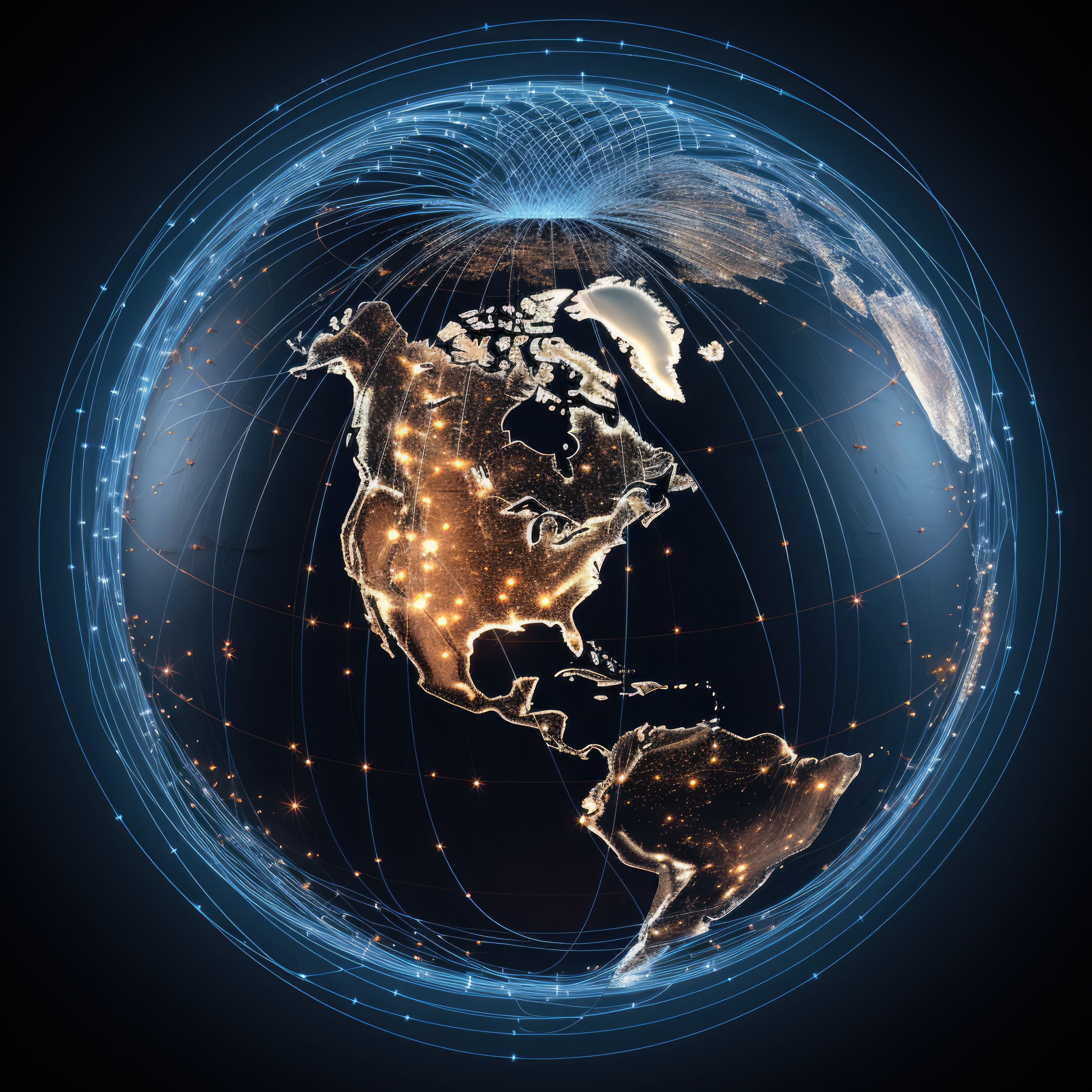Deep understanding, broad knowledge, and versatility across multiple fields and industries have become the fundamental conditions for achieving business success.
In the past, building a company meant needing layers of departments—leadership, accounting, HR, sales, marketing, design, production, logistics—and each division often required a large team to meet the demands of daily operations and growth. Today, however, technology enables us to support and connect nearly every task, every process, in real time. Even in areas once thought untouchable—creativity, programming, and decision-making—AI is now capable of shouldering a significant part of the load.
This new wave of technology has unleashed a global ripple effect—mass unemployment, layoffs, and the collapse of countless companies and organizations across industries and nations. In today’s reality, survival and growth no longer require large teams. Sometimes, it takes just one individual—equipped with the capacity to master multiple disciplines, industries, and technologies—to lead the way. With that breadth of knowledge, they can design and deploy agile, optimized, low-cost platforms that operate in real time and scale seamlessly across the world.

Harnessing technology in business has become the defining trend of our era.
Finding ways to apply and leverage technology across every field—especially in business and production—is not a passing trend. It is the irreversible, accelerating force of the Information Age, powered by the relentless advancement of artificial intelligence. The race to integrate technology into business has become the decisive factor that determines whether a company thrives or perishes. This demands not only a fundamental shift in business mindset but also a deep transformation in the very foundation of business knowledge—reshaped and redefined by technology.

Disintermediation in business is emerging as both a defining challenge and a vital opportunity for survival.
“Frictionless Capital” and “The World is Flat” were once ideas introduced by Bill Gates and Thomas L. Friedman, pointing to a future where traders and intermediaries would gradually disappear under the weight of the Internet’s ubiquity. Today, that vision has advanced to an entirely new dimension. With the Internet fully matured and AI reaching levels powerful enough to threaten human replacement, every stage—from production and logistics to ordering and sales—is being automated on a global scale. Disintermediation in business has now become a formidable challenge for those lacking creativity, knowledge, or technological fluency. Yet, at the same time, it presents a golden opportunity for individuals and small enterprises that are innovative, deeply informed, and technologically adept—empowering them to leap swiftly onto the global stage with unprecedented speed.

Major technology platforms are becoming increasingly demanding — and prohibitively expensive.
I still remember the very first day I ran Google AdWords campaigns in Vietnam more than 20 years ago—the cost of a single click was only 50 to 100 VND. Today, that same click can cost 2,000 to 3,000 VND, and in fiercely competitive industries or keywords, even tens or hundreds of thousands of VND per click. The same inflation has swept across Facebook, YouTube, TikTok, and beyond—where every impression, click, or interaction has become more expensive. And that’s not even counting the growing challenge of fake engagement—artificial clicks and interactions from competitors or inauthentic accounts—making it increasingly difficult to measure and validate true effectiveness.
All of this stems from the very nature of the bidding system that prioritizes advertising placement. Inevitably, this mechanism drives ad costs higher and higher. Without a distinctive strategy to break free from this dependence, we become just one among millions—even billions—who are fueling the rise of trillion-dollar tech giants.

The trend of independent business and individual-driven work is rapidly gaining momentum.
The Covid-19 pandemic not only inflicted global economic and human losses, but it also ignited a profound shift in how we work—ushering in remote work, home offices, and non-traditional workplaces. When the crisis subsided, many companies and individuals sought to return to pre-pandemic office life. Yet the economic hardships left behind, coupled with the rapid, relentless advance of technology and the ever-increasing sophistication of AI, once again drove a wave of cost-cutting and job reductions. The result? A reinforced and accelerating trend toward independent business and individual-driven work—remote, borderless, multi-industry, and multi-national—reshaping the very fabric of how we operate and thrive in the modern world.


Global business has become the inevitable path to lasting success.
For decades, the greatest barrier to global business was language. Today, that obstacle is dissolving, as AI now enables real-time translation and interpretation. Any piece of content you create can, at the moment of approval, be instantly transformed into hundreds of languages around the world—tailored to your needs. With this barrier shattered, global business is no longer just an option—it is the inevitable trend. Those who seize the global marketplace gain unmatched efficiency, accessibility, and the power to scale far beyond traditional limits.
Owning and controlling media has become the defining mark of the true “power players.”
Every business leader understands the immense value of media. Without it, most ventures struggle to grow and quickly collapse. Yet today, the world’s most powerful media channels are concentrated in the hands of tech giants like Facebook, Google, and TikTok. Their influence extends far beyond commerce—reshaping economies and even shaping global politics.This is the true essence of media power: those who own and control media are the ultimate players, wielding influence at the highest levels of business and society alike.
At every level—national, local, industry-specific, market segment, or language—those who hold and shape media influence within their domain become the true “power players.”

The search for a path to success that is truly distinct often feels impossible.
Technology has made copying and replication faster and easier than ever before. A brilliant, original idea—executed impressively and successfully—can quickly be imitated. And in reality, the ultimate winners are often not the pioneers, but the followers: those with deeper capital, stronger resources, and more established platforms.
Therefore, to rise above and achieve extraordinary success, it is not enough to simply be different. We must also possess the strength and agility to withstand imitators and even the giants with vast budgets and immense resources. This demands more than creative ideas—it calls for a bold, differentiated growth strategy, one that fully harnesses the power of technology, media, and marketing. And undeniably, this path is daunting—so challenging that at times it may feel nearly impossible.

The marketplace is steadily leaving no room for second or third place contenders.
Look at the giants—Apple, Microsoft, Samsung, Google, Facebook. In their early days, they faced a crowded field of competitors: countless operating systems, endless varieties of phones, multiple search engines, and a flood of social networks. Yet over time, the noise faded. What endured, what stood out, were only the dominant names—iPhone, Samsung, Windows, macOS, Facebook, Google.
Look at Vietnam in recent years: we witnessed a surge of ride-hailing apps and a wave of e-commerce platforms. Yet today, only a few stand out—Grab and Shopee. This is the natural outcome of ruthless competition in the technology era. If we do not aim for the top position and fight to secure it, sooner or later we will be eliminated.

Convenience is increasingly becoming a barrier—blurring and obscuring the true path to lasting success.
Workflows are now managed automatically by technology. Content creation, scriptwriting, and even graphic design are increasingly powered by AI. Business operations, production, sales, marketing, and advertising are being supported and automated by technology. And most strikingly, even the realms of technology itself—science, engineering, programming, and software—are now being reshaped by AI. The result is a sweeping wave of layoffs and unemployment, casting its shadow not only over tech but across virtually every industry.
Yet the very convenience that technology brings—and the immense support it offers—does more than reduce the number of available jobs. It also makes it increasingly difficult for individuals to swim against the current, to take ownership, to create their own technologies, and to fuse them with their business growth. We find ourselves ever more dependent on the products and services of tech giants, while the struggle to carve out a truly unique path to success becomes harder and harder to win.

